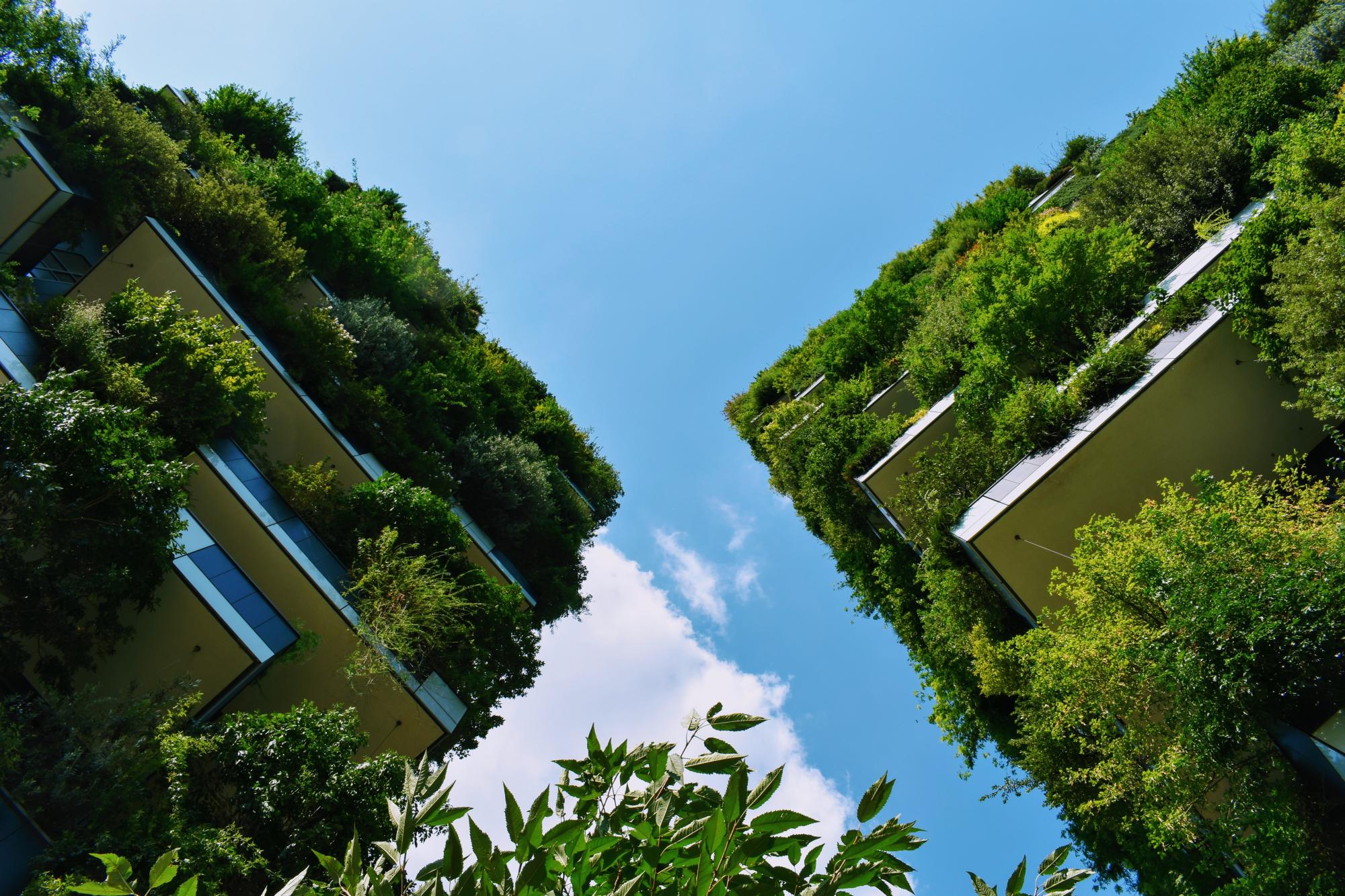As part of the Green Pakistan Programme (GPP), the Ministry of Environment of Pakistan initiated a plantation drive on the Margalla Hills, threatened by climate change, droughts, floods and deforestation. Margalla Hills National Park (MHNP) is a national park of Pakistan located in the capital city, Islamabad. It was established in the 1980s with a total area of about 173 square kilometres constituting Margalla Hills, Shakarparian Park, Rawal Lake and the Cultural Complex (2,5). The primary purpose of GPP was to protect the environment and revive forests, as Pakistan is a forest-deficient country having 5.01 per cent of its total area under forest cover. The park is under the supervision of the Islamabad Wildlife Management Board (IWMB) which ensures the management, maintenance and preservation of wildlife and other species in the park vicinity. The campaign was set to take place over 5 years between 2017-2022. Furthermore, as part of the same program, an awareness campaign was started to generate knowledge about plants and make Islamabad green and beautiful. Thousands of people visit the national park daily to enjoy the natural environment and healthy recreational facilities and relax by looking at the serene landscape and natural viewpoints of the city visible from the different trails of the park. (1,2,3,4,5)
Overview
Nature-based solution
- Parks and urban forests
- Large urban parks or forests
Key challenges
- Climate action for adaptation, resilience and mitigation (SDG 13)
- Climate change adaptation
- Climate change mitigation
- Green space, habitats and biodiversity (SDG 15)
- Habitat and biodiversity conservation
- Green space creation and/or management
- Water management (SDG 6)
- Flood protection
- Social justice, cohesion and equity (SDG 10)
- Environmental education
Focus
Project objectives
Implementation activities
Climate-focused activities
Climate change adaptation:
- Implement measures that prevent/manage desertification, soil erosion and landslides
- Implement solutions to capture/store water to increase its availability and prevent shortages from droughts
- Increase the use of climate-resilient plant species (resistant to drought, fire, and pests)
- Other
Climate change mitigation:
- Increase green urban nature for carbon storage (wetlands, tree cover)
- Raise public awareness of behaviours, lifestyle and cultural changes with mitigation potential
Biodiversity conservation or restoration-focused activities
Biodiversity conservation:
- Protect and enhance urban habitats
- Preserve and strengthen existing habitats and ecosystems
- Protect species
- Undertake specific measures to protect species
- Control and clean invasive alien species
- Means for conservation governance
- Raise public awareness
- Public engagement
Main beneficiaries
- National-level government
- Citizens or community groups
- Young people and children
Governance
Management set-up
- Co-governance with government and non-government actors
Type of initiating organisation
- National government
- Local government/municipality
Participatory approaches/ community involvement
- Crowd-sourcing/Crowd-funding/Participatory budget
- Dissemination of information and education
- Joint implementation (e.g. tree planting)
Details on the roles of the organisations involved in the project
Project implemented in response to ...
Financing
Total cost
Source(s) of funding
- Public local authority budget
- Public national budget
- Public regional budget
Type of funding
- Direct funding (grants, subsidies, or self-financed projects by private entities)
Non-financial contribution
- Provision of land
- Provision of labour
- Public authorities (e.g. land, utility services)
- Citizens (e.g. volunteering)
Impacts and Monitoring
Environmental impacts
- Climate change
- Enhanced carbon sequestration
- Environmental quality
- Improved soil quality
- Green space and habitat
- Increased green space area
- Increased conservation or restoration of ecosystems
- Increased number of species present
- Improved prevention or control of invasive alien species
Economic impacts
- Unknown
Socio-cultural impacts
- Social justice and cohesion
- Increased involvement of locals in the management of green spaces
- Health and wellbeing
- Gain in activities for recreation and exercise
- Education
- Increased knowledge of locals about local nature
Type of reported impacts
Presence of formal monitoring system
Presence of indicators used in reporting
Presence of monitoring/ evaluation reports
Availability of a web-based monitoring tool
References
2. Daily Times. (2021). Tree plantation drive launched at Margalla hills. Available at: Source link (Accessed: January 30, 2023)
3. Dunya. (2018). Islamabad: Door-to-door tree plantation campaign kicks off. Available at: Source link (Accessed: January 30, 2023)
4. The Express Tribune. (2018). Rains add to Margalla Hills’ beauty. Available at: Source link (Accessed: January 30, 2023)
5. Forestrypedia (2018), An Introduction to Green Pakistan Programme (GPP), Available at: Source link (Accessed: April 3, 2023)
6. Government of Pakistan Ministry of Climate Change Islamabad (2019), Year Book (reporting for Green Pakistan Programme), Available at: Source link (Accessed: April 3, 2023)
7. Ministry of Climate Change - Pakistan (2019), Pakistan’s Sixth National Report to the United Nations Convention on Biological Diversity, Available at: Source link (Accessed: April 3, 2023)



